by Rohit Vats
A report has emerged that the Chinese are building a 36km road in Shaksgam Valley, near the critical Siachen Glacier. Does this development pose a military threat to India? Or will it do so in the future? Here is a comprehensive assessment. Boundary-related issues have cropped up once again between India and China. Only last year the two countries had a standoff at Doklam, which, by all estimates, is far from over. And now a report says that the Chinese have built a 36km road in Shaksgam Valley. It also suggests that this could pose a military challenge to India, especially with respect to its position on Siachen Glacier.




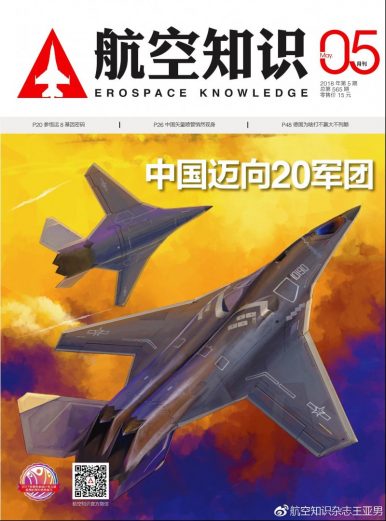
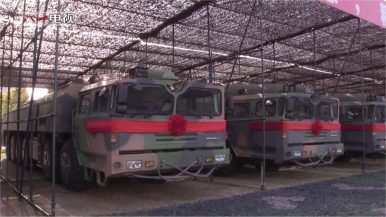



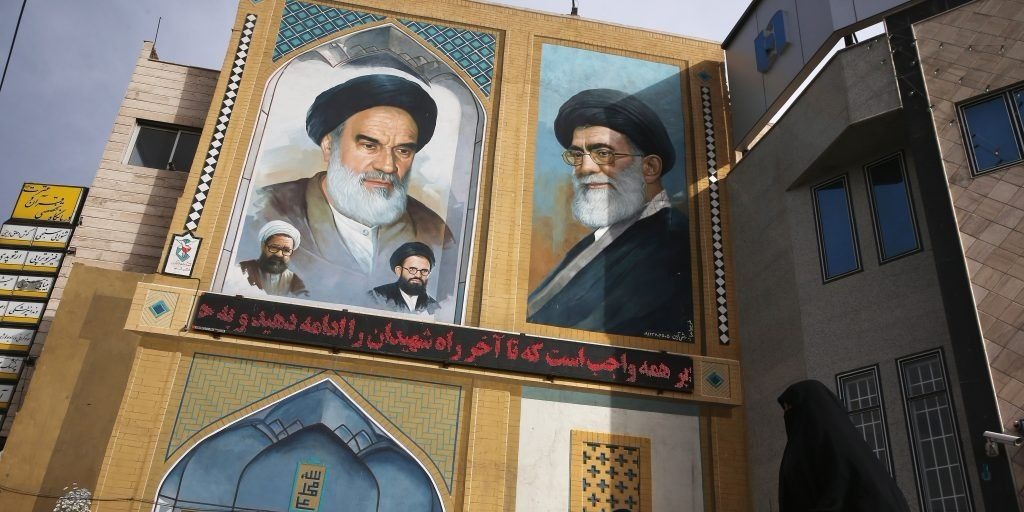
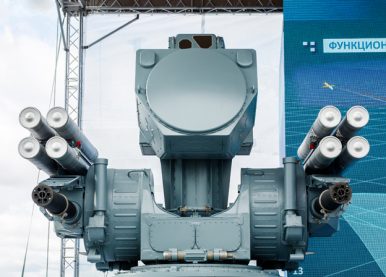

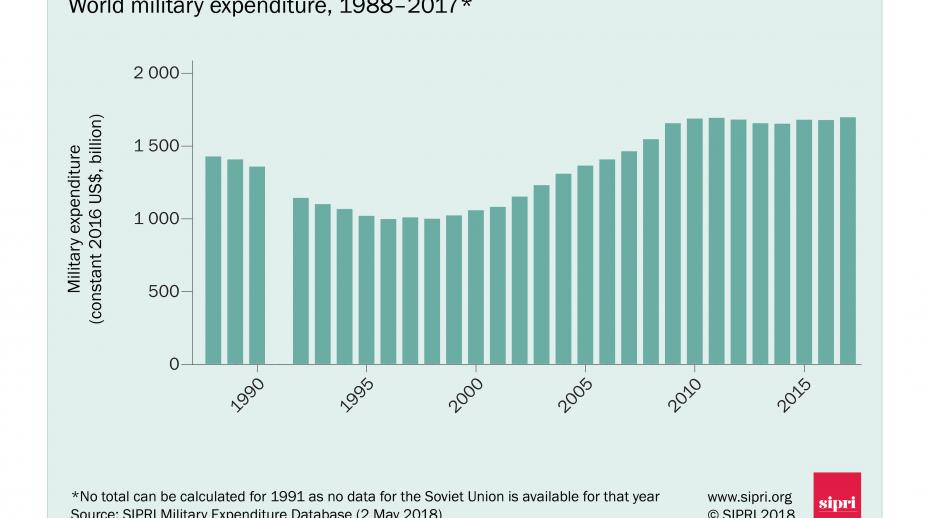
/https://public-media.smithsonianmag.com/filer/ca/72/ca725938-6882-445a-915a-0fcff98f1389/1095px-incheonlandingmcarthur.jpg)
/arc-anglerfish-arc2-prod-mco.s3.amazonaws.com/public/JYGOUBU7ZNE6RDUWCH3IBSNXUY.jpg)


/arc-anglerfish-arc2-prod-mco.s3.amazonaws.com/public/CP7HMBFPDFG4FAMY6Q6K2VGLZI.jpg)